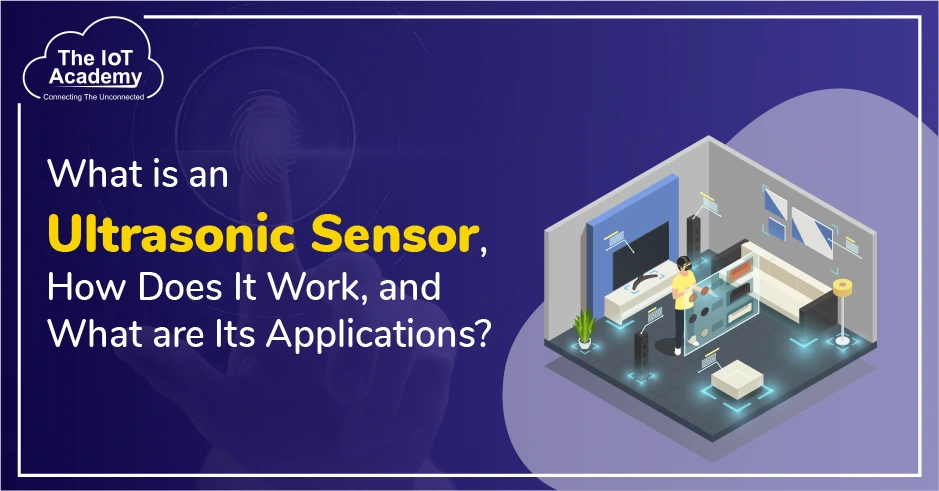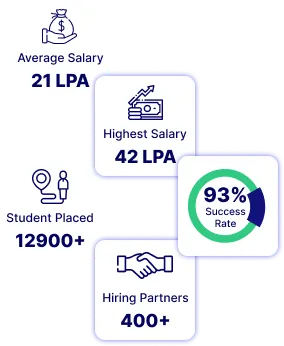Are you preparing for an embedded systems job interview? Whether you're a fresher entering the tech industry or an experienced developer seeking a senior role, understanding the most common embedded systems interview questions is crucial.
In this blog, we’ve compiled the most frequently asked questions. You'll also find a mix of basic embedded system interview questions and answers, as well as more advanced embedded system design interview questions.
Let’s explore the world of embedded systems together.
What is an Embedded System?
An embedded system is a computer system built into a larger machine or device. Unlike your personal computer, it’s designed for a specific task. For example:
- The microcontroller in a washing machine
- The control system in a car’s engine
- A smart thermostat at home
Embedded systems are everywhere, from smartphones to medical devices.
Top Embedded Systems Interview Questions for Freshers
These questions are ideal for beginners and help interviewers test your understanding of embedded systems basics.
1. What are the components of an embedded system?
Answer:
- Hardware: Microcontroller or Microprocessor, Sensors, Actuators
- Software: A Program written to perform a specific task
- Real-time OS (optional): Controls the system operation
2. What is the difference between a microprocessor and a microcontroller?
Answer:
- A microprocessor is CPU-only; external components are needed for memory and I/O.
- A microcontroller is a complete system on a chip with CPU, memory, and I/O.
This is one of the most basic embedded system interview questions and answers for freshers.
3. What is a real-time system?
Answer: A real-time system gives output in a guaranteed time frame. For example, airbags in a car must deploy at the exact moment of a crash, not after.
4. Explain the role of firmware in embedded systems.
Answer: Firmware is software programmed directly into the hardware. It controls how the device behaves. It stays even after the power is off.
5. Why do we use embedded C in embedded systems?
Answer: Embedded C is close to the hardware, lightweight, and fast. It's the preferred language for embedded software development.
6. What are interrupts?
Answer: Interrupts are signals that pause the current process and jump to another function. For example, when you press a button, it triggers an interrupt in the microcontroller.
7. What is polling vs. interrupt?
Answer:
- Polling: The system keeps checking if something happened.
- Interrupt: The system waits until it’s told that something has happened.
8. What is the use of timers in embedded systems?
Answer: Timers are used for delays, measuring time, or triggering tasks after a certain time interval.
Embedded Systems Interview Questions and Answers for Experienced Candidates
Now, let’s move to embedded systems interview questions for experienced engineers. These involve deeper system-level knowledge.
9. What are the stages in embedded system design?
Answer:
- Requirement Analysis
- System Specification
- Architecture Design
- Software & Hardware Development
- Testing & Debugging
This is one of the most frequently asked embedded system design interview questions.
10. What is memory-mapped I/O?
Answer: In memory-mapped I/O, I/O devices are treated as if they were part of the memory. Reading and writing to them is done using memory instructions.
11. How do you optimise code for embedded systems?
Answer:
- Reduce memory usage
- Avoid floating-point arithmetic if not necessary
- Use bitwise operations
- Use interrupts instead of polling
- Reduce function calls
12. What are some common debugging tools?
Answer:
- Oscilloscopes
- Logic Analyzers
- In-Circuit Debuggers
- JTAG Interfaces
13. What is RTOS? How is it different from a general OS?
Answer: RTOS (Real-Time Operating System) handles tasks within time constraints. Unlike a general OS (like Windows), it ensures time-critical operations are not delayed.
14. How do embedded systems handle power consumption?
Answer:
- Sleep modes
- Low-power processors
- Efficient coding
- Disabling unused peripherals
15. Explain Watchdog Timer.
Answer: It resets the system if the software stops responding or hangs. It’s like a safety check.
Most Important Embedded Systems Engineer Interview Questions
16. What is the difference between VLSI and Embedded Systems?
Answer:
- VLSI (Very Large Scale Integration) focuses on designing hardware circuits (e.g., microchips).
- Embedded systems focus on building smart devices using hardware and software.
Which is better, VLSI or Embedded?
It depends on your interest:
- Choose VLSI if you're into hardware design.
- Choose Embedded systems if you enjoy working with software and hardware together.
17. Is AI an embedded system?
Answer: Not exactly. But AI can run on embedded systems. For example, a smart camera using AI to detect objects is an embedded system running AI algorithms.
18. What is the difference between the volatile and const keywords in embedded C?
Answer:
- volatile: Tells the compiler not to optimise the variable as it can change anytime (like sensor input).
- const: Makes the variable read-only.
19. Explain the term “bare metal programming.”
Answer: It means writing software that runs directly on hardware without any OS. It’s used in simple or time-critical systems.
20. What’s the role of GPIO in embedded systems?
Answer: GPIO (General Purpose Input Output) pins are used to read inputs (like buttons) or send outputs (like turning on an LED).
Tips for Cracking Embedded Systems Interviews
- Know the basics well, most embedded systems basics interview questions are based on C programming, microcontrollers, timers, and memory.
- Practice coding in Embedded C.
- Understand hardware-software interaction.
- Be ready for hands-on tests.
- Stay calm and think practically.
As embedded systems evolve, they’re becoming the foundation of smart, connected devices across industries. This is where the Internet of Things (IoT) comes in, combining embedded hardware with networked communication and data processing. Many learners today are exploring Embedded Systems Course to understand how embedded systems interact in real-world environments, such as smart homes, factories, and healthcare facilities. If you're aiming to level up your skills beyond interview prep, diving into IoT can open up exciting career paths
Conclusion
Preparing for embedded systems engineer interview questions requires understanding both hardware and software aspects.
Whether you're looking at embedded systems interview questions for freshers or digging into embedded systems interview questions for experienced roles, one thing is clear, clarity of concept is key.
This guide covered everything from basic embedded system interview questions and answers to advanced embedded system design interview questions. We also explored real-world topics like Is AI an embedded system? and Which is better, VLSI or embedded?





